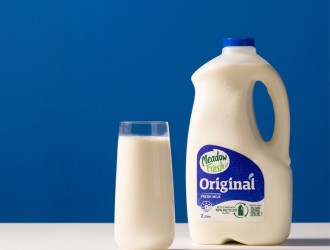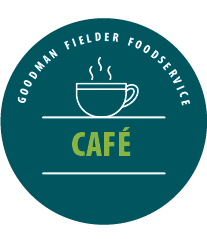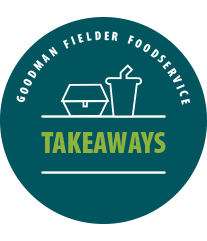Today, the importance of catering to consumers with special diets is imperative to the prospects of any food business. The first step is clear communication with your customer base about their specific dietary needs and restrictions. These include allergies, lifestyle choices like vegetarianism or veganism, or dietary and cultural requirements including intolerances, health preferences and religious dietary restrictions. Once you have a clear understanding of your customers’ needs, you can plan a menu that meets their requirements while still offering a variety of options. Clear labelling of dishes and staff training are important for ensuring customer safety. Implementing the practices below will help you cater to all types of special diets and requirements.
How chefs can deal with dietary requirements in their kitchen
One of the key issues that many chefs face in dealing with dietary requirements in the kitchen is that it changes the nature of their dish. We spoke to some experts on how they deal with dietary requirements in their kitchens.
How to Cater to Consumers with Special Diets
Effectively catering for customers with food allergies and intolerances can help set your business apart from the rest, but how is a chef to maintain the integrity of a specially prepared dish while still meeting the customer’s dietary requirements?
Adapt the Menu
Some teams take a multi-faceted approach to catering for food allergies and intolerances, which includes the sourcing of ingredients, food preparation and briefing staff. Restaurants can even provide an allergy matrix which lists their dishes against the most common dietary requirements.
Knowing that potential allergens used in prep means that alterations are not always possible, this matrix allows for staff to be clear on what is available that will meet the individual dietary needs of your guests.
And of course, it’s always wise to have a couple of options available for the common dietary needs such as vegan, vegetarian, coeliac and nut allergies.
Use Top Quality Alternatives
One of the key issues that many chefs face in dealing with dietary requirements in the kitchen is that it changes the nature of their dish. However, the key message here is to manage the customer’s expectations or explain the reasoning behind not being able to accommodate a request.
But wherever possible, anticipating dietary requirements gives you the advantage of seeking out preferred alternatives that suit your dish. For example, tapioca flour is a staple ingredient which helps keep gluten-free options on the menu. Plus, with so many gluten free alternatives in the world today that allow for a high calibre alternative to be provided, compromising on a dish is becoming more and more rare.
Train Staff
While both have adverse effects, it’s still important for staff to be familiar with the differences between a food allergy and intolerance and the ways in which each needs to be approached effectively and safely. It’s helpful to remember that some of the most common causes of anaphylaxis are most commonly dairy products, hens egg, peanut and tree nuts in children, and seafood and peanut/tree nuts in adults. You need professional staff that understand that dietary intolerances and allergens are a serious matter.
Use it to your Advantage
Plenty of restaurants don’t even view dietary requirements as a negative, in fact, they’ve found that their ability to cater for allergies and intolerances sets them apart from the competition. Becoming known to be able to cater to any dietary requirement can attract a lot of people with specific dietary needs.
Chefs, have your say on this matter! If you’ve seen or experienced this let us know below.





